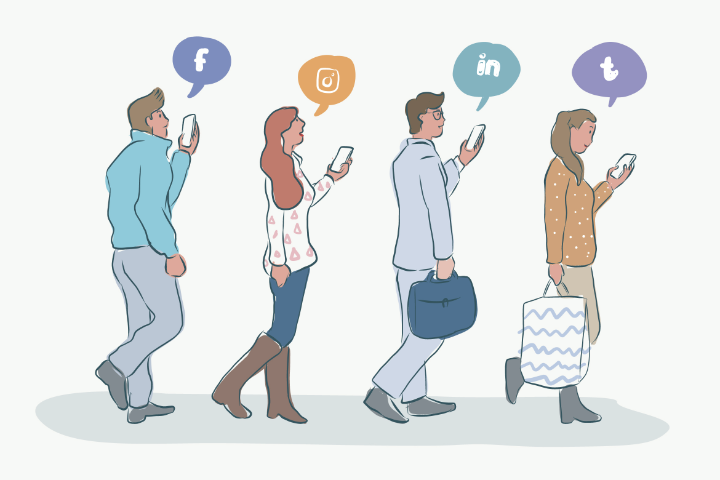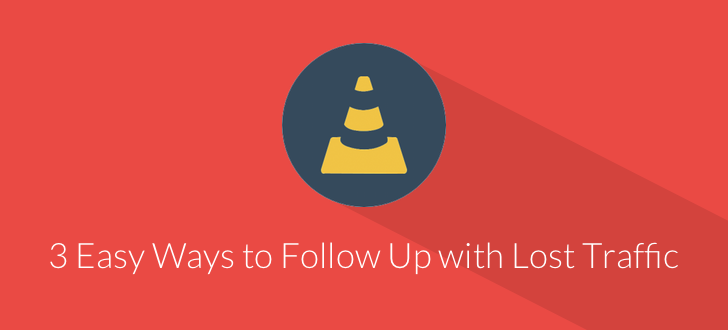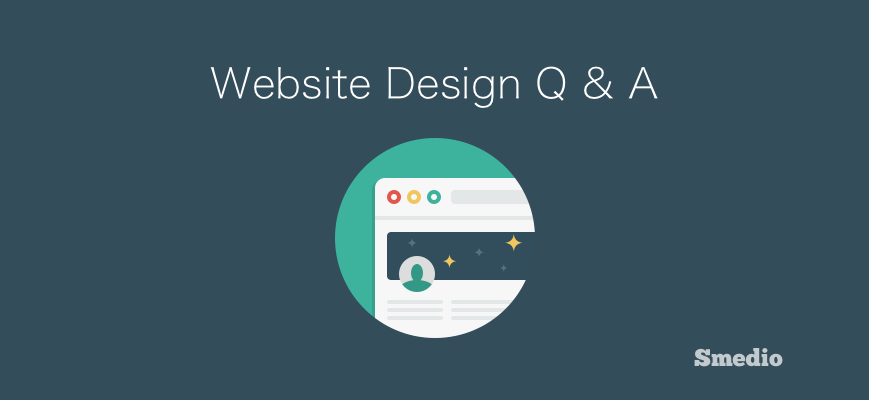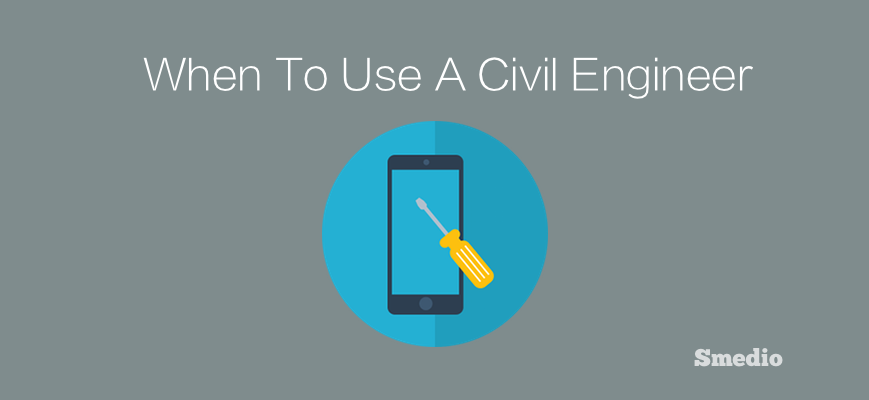
Businesses put loads of effort, time and money in attracting customers to their websites. With 71% of businesses all set to increase their digital marketing budget in 2014, it makes sense to make the most of the customers that are visiting your site.
Think of a paying customer as an ROI in the marketing campaign that got them to your site. And think of a visitor who ditches your site before making a purchase as a non performing asset, an investment gone waste. There are plenty of businesses that just give up on such customers, thinking retargeting them is simply a waste of time.
But you are not doing yourself or your business any favors with such thinking.
If you have a customer who actually visited your site and ditched it for some reason, doesn’t it make sense to try and bring them back to your site? This might be far easier than trying to attract new customers. In the first case, your job is already half done; in the latter, you begin from scratch.
Following up with customers who’ve abandoned your site and persuading them to come back and shop is not as difficult as it seems. There is a school of thought that says it makes no sense to convince an unhappy customer to come back. But here’s the thing: what if the shopper is not really unhappy with your products or services? At times, people need a bit of push, that something extra to buy from a site. A targeted follow-up helps you make it worth their while to revisit the site and become paying customers.
Let’s find out if there are any low-resistance ways to get in touch with people who’ve bounced off your site without buying anything or using the services on offer.
But before we begin, what do I mean by low-resistance?
First, customers should receive your follow-up, in a non-intrusive, natural way. Second, they shouldn’t be able to disregard your communication. Finally, they should be tempted to connect with your brand by way of your site.
To put it simply, given the multitude of chances that the customer doesn’t really want or expect to return to your site, low-resistance follow-ups incentivize them to not just come back and browse, but actually make a purchase.
1. E-mail
There are two types of e-mails you could put to use: automated and non-automated.
In an automated scenario, you could shoot a mail to the customers as soon as they abandon your site inquiring whether there was a problem or any issues with the shopping cycle. You can send another one the next day, offering a discount on the products that they added to their cart or wish-list (make sure this doesn’t happen every time, or word will soon get around, and it won’t be long before your sales shoot through the roof and profits fall through the floor).
You might not believe it, but simple emails such as these do deliver results.
When do personalized, non-automated emails, such as when a human (your sales rep/marketing executive) is actually writing personally to the “dissatisfied” customer, make sense? When you know for sure that a particular lead was high value, someone who had the potential to become a loyal customer, could bring in more customers, or could be nurtured into a brand influencer or advocate.
Read up and implement these five ways to produce rock-solid email marketing campaigns.
2. Social Media
Social media helps you create an influential and reputed brand identity and connect in very personal and real terms with your target customers. If the customer is a part of your friends/followers list, you’ve got an opportunity to talk to them directly. You could ask why they ditched the site and accordingly work out a retargeting strategy from the feedback. Or, you could straightaway start pushing targeted offers at them.
The customer might not have the time or the inclination to respond to your direct overtures. But you still need to engage them. Why?
This social media stat courtesy of Dimensional research survey puts things in perspective and why it is so important to leverage social media for customer connect:
45% of customers are likely to share bad experiences on social media.
That’s a massive number of customers who’re smearing the reputation of businesses on social media! Who knows the shoppers who abandoned your website might be doing the same, so you’d better start interacting with the “disgruntled” ones quickly, find out what’s wrong, and try to set their gripes right.
More importantly, interactions happen on social media in real time – you can talk to your customer and get an instantaneous response. How cool is that and good for your business to boot!
Here’s a typical social media conversation:
You: “Hey Bill! Why didn’t you complete a purchase on our site? Didn’t find a product or deal that you liked?”
Bill: “Thanks for asking! I loved product X but it’s a little over my budget…”
You: “This is your lucky day! We have a discount on product X just for you!”
Chances are that the customer will take up this offer.
You can create a follow-up based on customer feedback. Such follow-ups never really go wrong. Albert Qian wrote a lovely article which talks about everything that’s good about social media. And each of the 7 characteristics mentioned in the post are reasons as good as any to connect with customers on social networks.
Another reason why you need to use social media is a fairly large percentage of people are interacting with brands on social networks. So, it will be easier to retouch base with potential customers on various social networks as compared to other channels of communication.
3. Content
Create content that you think will convince a user to try out your products or services, and make sure this content finds its way to them. For instance, if you think the majority of your potential customers had doubts about the product, create a video on how to use it, how it’s made, the history behind its manufacture, the ways in which it can be used, and the ultimate benefits it holds for them. And make sure they get it.
Capture the attention of your customers: you already know about their likes, dislikes, interests and preferences, courtesy their presence on social media, so create content that is better aligned with their needs and wants. There are plenty of tools that will tell you why a potential customer abandoned your website – so, use them! Create content that addresses the concerns and perceived obstacles that turned customers away from your site, and push this content to them through email, social media, blogs, and other channels.
Internalize
If you think of bringing back shoppers as part of a customer retention “project,” your chances of success will rise exponentially. The follow-up process needs inputs from the website administrators, sales people, internet marketers and content developers at the very least. The message that needs to be taken to the customer should be conceptualized, crafted and delivered with perfection. There are tools for this too – if you’re a small-to-medium sized business, scalable and cloud based project management software such as WorkZone and a CRM tool such as NetSuite CRM+ will make all the difference for not only your ecommerce and content needs but also your marketing efforts as a whole.
Don’t just give follow-up a serious thought; start exploring various avenues for interacting with site visitors who were all set to become paying customers, but didn’t. This is a tremendous revenue generating opportunity. Missing this bus is like saying, “No, I don’t want to grow my business!”
Share this to share your insight with others. It’s completely up to you though.
Want more stuff like this? Hit the "Like" button below to get notified via Facebook...








